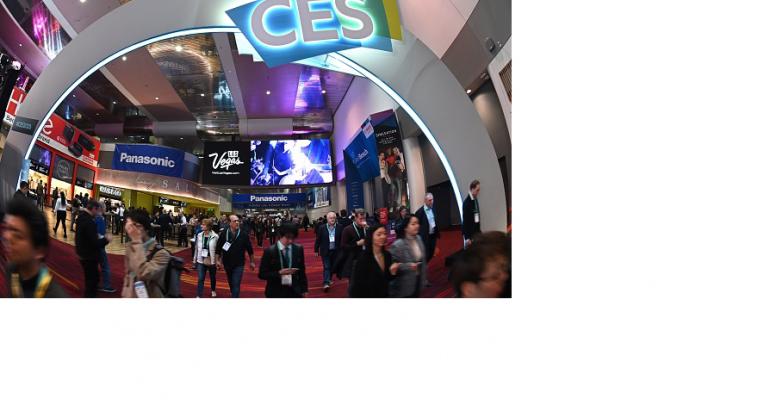Mid-January was supposed to be the time when 175,000 technology movers, shakers, and aficionados came together in Las Vegas for CES, the biggest and most eagerly anticipated global technology event each year. Back in July, though, the Computer Technology Association announced that CES would be fully virtual for 2021.
This gave the event organizers six months to partner with a tech vendor (in this case, Microsoft) to build a virtual event that could come close to matching the in-person experience of the show’s 52 prior versions. With Microsoft having learned a thing or two from hosting so many live events in the digital realm over the past nine months, the technology firm and its biggest event client kicked around several strategies for ensuring the show’s short-term and long-term financial success—strategies that planners of other online meetings and events should strongly consider as well.
Make the event ticketed, not free. Perhaps free was a necessity for some events that had to convert quickly to online in 2020, but that is not a sustainable business model; it could even lessen the perceived value of future versions of the in-person event. CTA is charging a $149 fee to most attendees for access to CES 2021. That might sound pricey for an e-ticket to a show that’s not chock-full of educational sessions. But it’s half the $300 entry cost for the 2020 in-person experience, not to mention the elimination of attendees’ expenses for travel, lodging, dining, and entertainment. Market those factors in addition to your show’s biggest attractions
Whatever charm is lost by the absence of an in-person experience can be tempered in the short term by a dynamic virtual event, while aiding the event in future years by having a far greater audience reach. To give you an idea of potential scale: When Microsoft produced its flagship Build conference in 2019 in Seattle, 6,200 people showed up. For the 2020 event that was virtual, that figure ballooned to 197,000.
If you build a digital event with value and promote that specific value, a paying audience will come. Don’t price your virtual show as if it is a far less valuable replacement for the in-person version.
Create a VIP experience. A flat rate for your event could work just fine. However, depending on the interests of your buyers and what you, your exhibitors, and your sponsors have to offer, additional revenue streams might be available. Many users will pay more to participate in small-group discussions with speakers and presenters, or splurge for premium features such as skipping lines to virtual booths and advanced option for scheduling meetings
Offer unique access to premium booths. Let’s face it: Not all prospects are created equal, while some companies will always be in higher demand than others. These realities present opportunities for your virtual event. Consider a show design offering more prominence for certain virtual booths that are appealing to your attendees. It’s simple supply and demand but with an approach transformed for the virtual medium—one that could help you come closer to the exhibit-revenue figure typically earned from your in-person expo
Archive all content, and perhaps put a price on it. Livestreamed events can build in a certain premium blend of urgency and intimacy. But the secondary market for on-demand and a la carte content should not be overlooked. Archived content requires little additional investment beyond the initial event production costs and, when executed properly, resonates across a far larger audience than can be packed into a single conference hall, or even a single livestreamed event. After a period of exclusive post-show access for paying attendees, single-session or package pricing for content to a wider audience is possible
George Meek is CEO of InPlayer, a monetization and subscriber-management platform with more than 700 customers worldwide. He has nearly two decades of experience selling broadcast technology plus operational experience in scaling up the reach of emerging technology companies.





